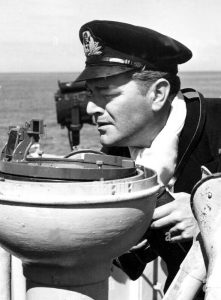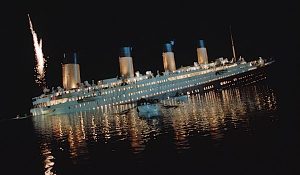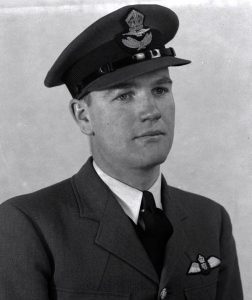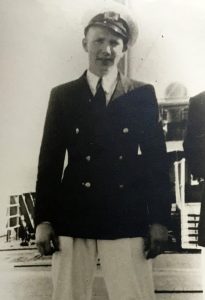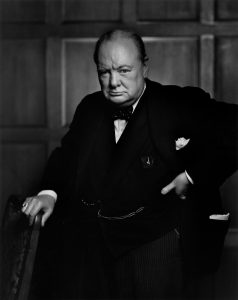
The famous picture was taken by a photographer in December 1941. It was taken by a thief exactly 80 years later. It was recovered last week when Ottawa police announced they had located the original print in Genoa, Italy.
A contemporary art collector had apparently purchased it, not realizing it had been stolen. He has now begun the process of returning the famous “Roaring Lion” photo of Winston Churchill to its rightful home at the Chateau Laurier Hotel in Ottawa.
“I didn’t know about the theft in Canada,” art collector Nicola Cassinelli told the media this week.
